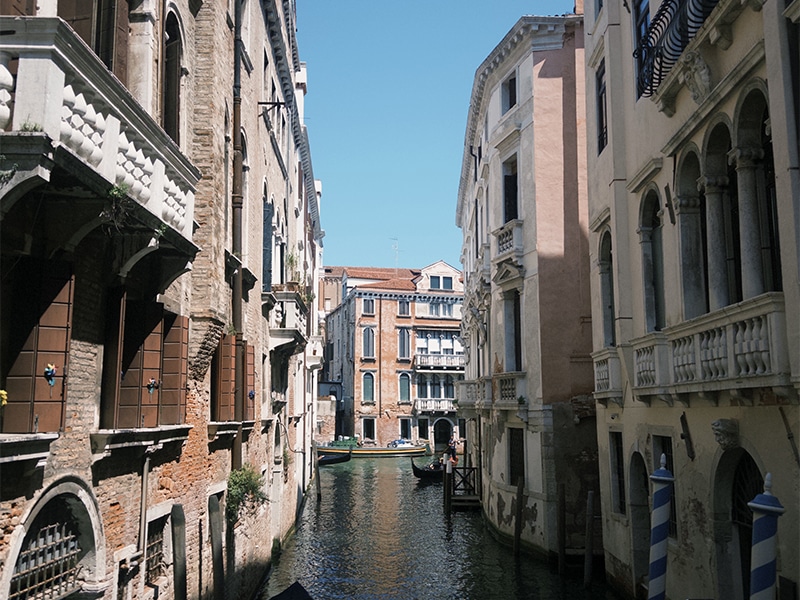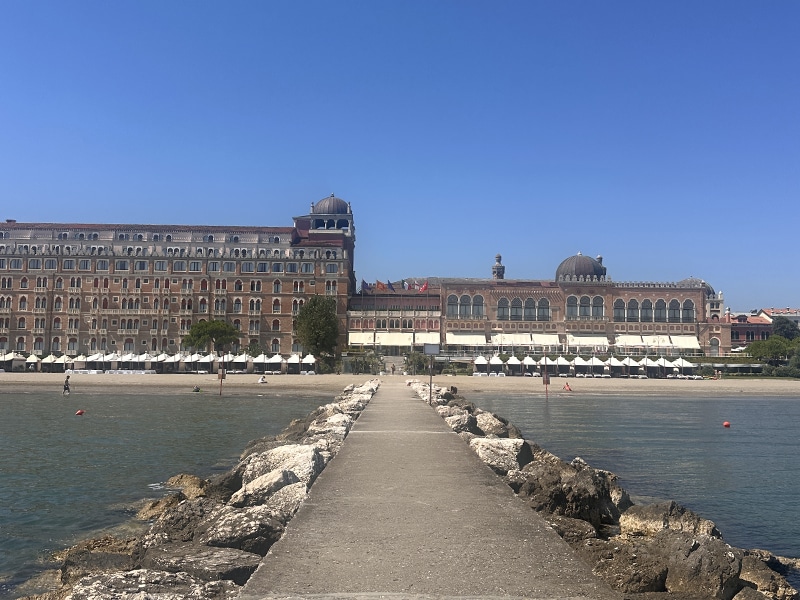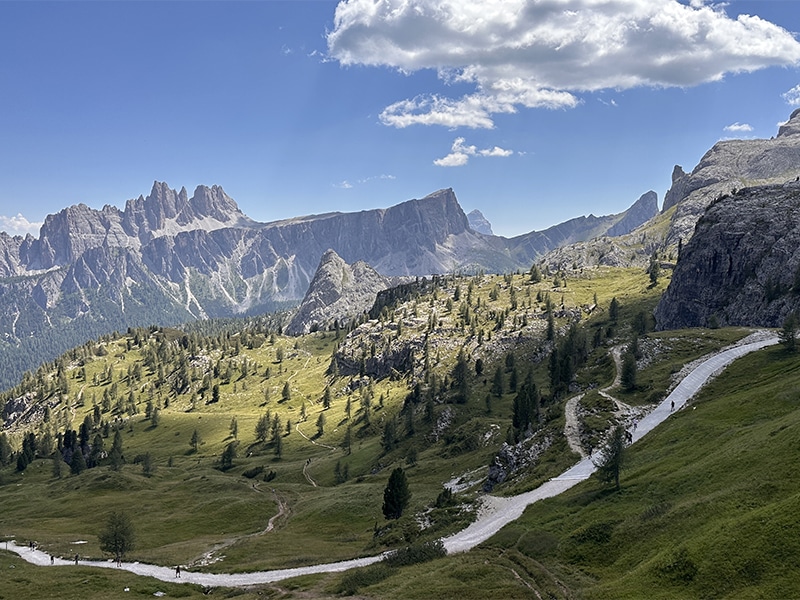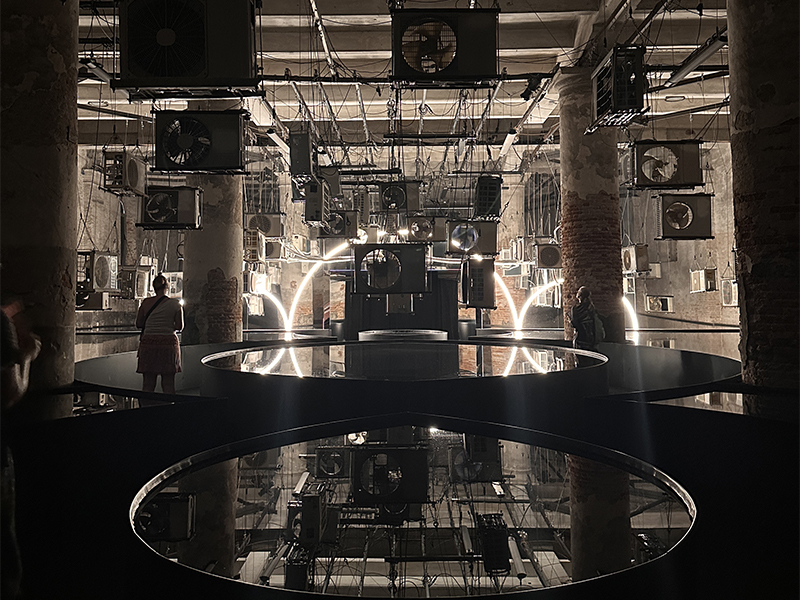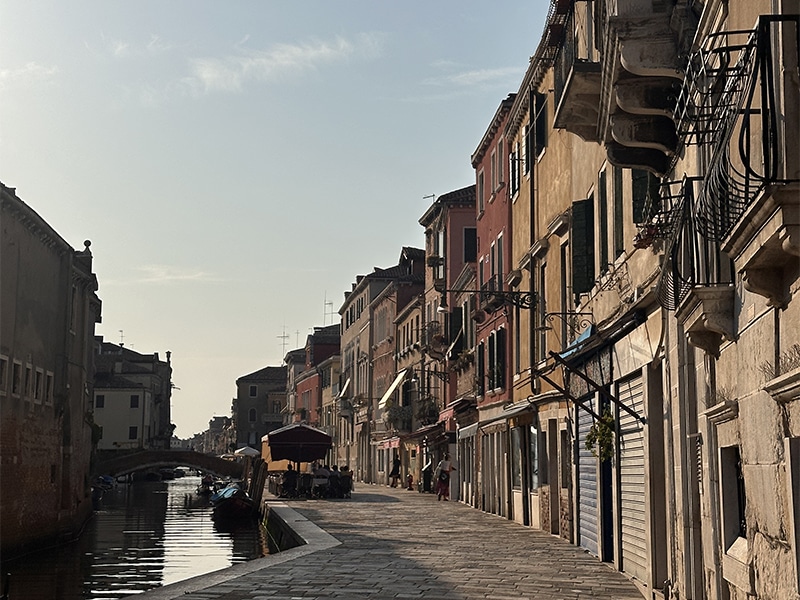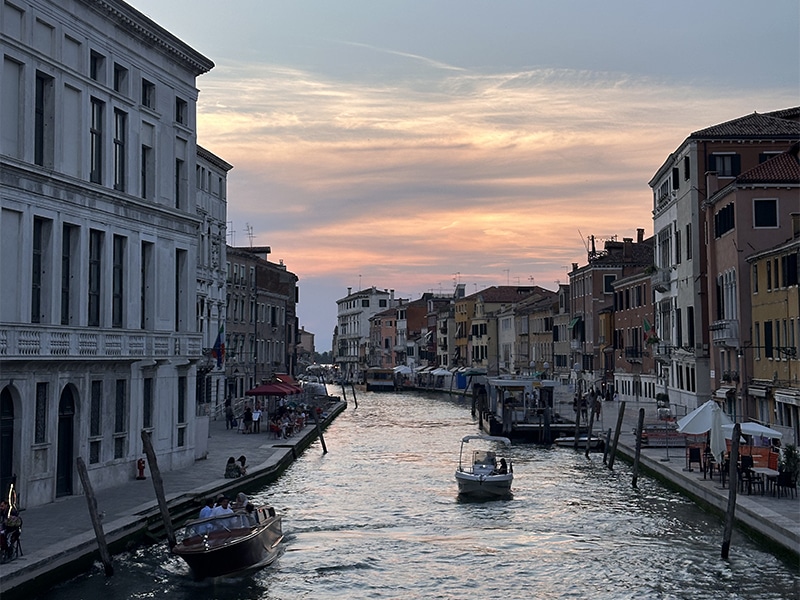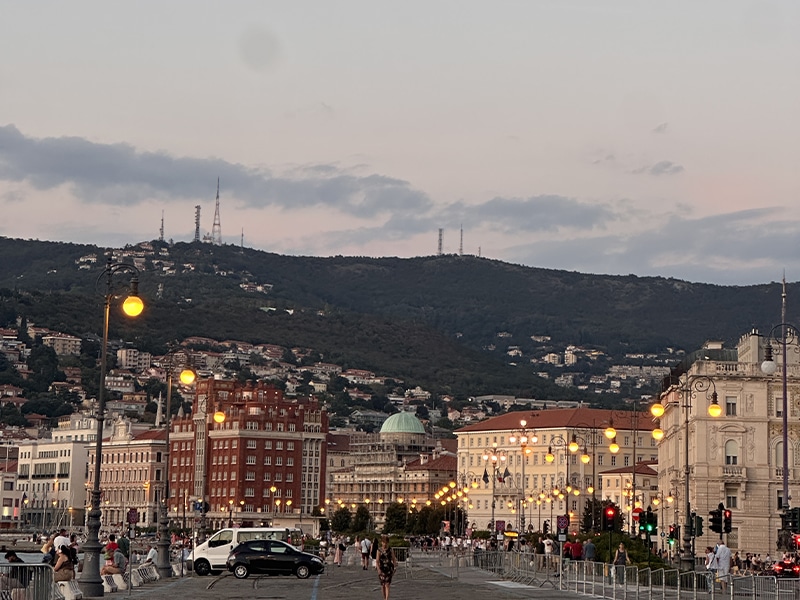
19 Sep Shinka Yang | Artist in Residence
Born in China in 1992, Shinka Yang is an artist and researcher who holds a Master’s and a Ph.D. from Tama Art University in Tokyo, where she focused on Media Art and Fine Art Studies respectively. The artist currently lives and works between Shanghai and Tokyo. Her recent practice and research are deeply engaged with the themes of internet archives and machine vision. Through her work, she explores and critiques issues surrounding image production, labor consumption, and female identity within the framework of the internet and neoliberal economies. The artist’s projects also delve into re-modeling the relationship between reality and fiction in an age defined by accelerated consumerism, platform art, and the concept of non-human landscapes. Shinka’s work has been exhibited at a variety of notable venues, including YCC Yokohama, 3331 Chiyoda Art Centre, Honggah Museum, Time Museum, and the Power Station of Art.
THE RESIDENCE – INTERVIEW
How did you felt about winning the Residency Program of MoCA?
I felt very surprised and delighted. I have participated in many residency programs in Asia countries, but this opportunity in Venice was my first residency in Europe. I deeply admire many Italian artists, and Venice is also an important landmark in both art history and contemporary art. That’s why I immediately replied to confirm my participation as soon as I received the email.
How did you start your career as an artist?
My education background actually began in film directing, which I studied in Shanghai. Later, when I moved to Japan, I pursued a Master’s degree in Media Art and eventually earned a PhD in Fine Arts Studies. So in fact, I never went through the kind of traditional “fine arts training.” Instead, I have always been fascinated by the relationship between art and technology, and I was deeply influenced by studies in the philosophy of technology. During my Master’s studies, I created my first video art work using a game engine — a piece based on Guy Debord’s Society of the Spectacle. It was well received by my professors and by people in the art field, and they offtered me great opportunities. I have to admit that this unexpected recognition set me on the path of becoming an ‘artist’.
Tell us about the work that you have developed during your stay.
During my residency, I kept thinking of Giorgio de Chirico’s The Return of Odysseus. The painting speaks of “return,” yet the figure still appears to be drifting — a feeling that resonated with me in Venice, where I spent much of my time simply walking and observing, like a Benjaminian flâneur.
In just fifteen days I visited Venice, Murano, Lido, Conegliano, Treviso, the Dolomiti Cortina, and Trieste.
Now I am considering how to use the materials from this journey, together with Venice’s complex character as a ‘medium’, and the digital tools I usually work with, to create a personal reinterpretation of de Chirico’s painting.
What are your feelings about the experience? Did the residency gave you the space and time to develop new ideas and projects?
I was deeply grateful to the organizers and the wonderful staff in the office, who warmly introduced me to many local artists, architects, scholars, and other professionals. Each of them was incredibly kind, and they took me to places I could never have discovered on my own. Without their generosity and companionship, I would not have been able to gain such a deep and personal experience of Venice.


